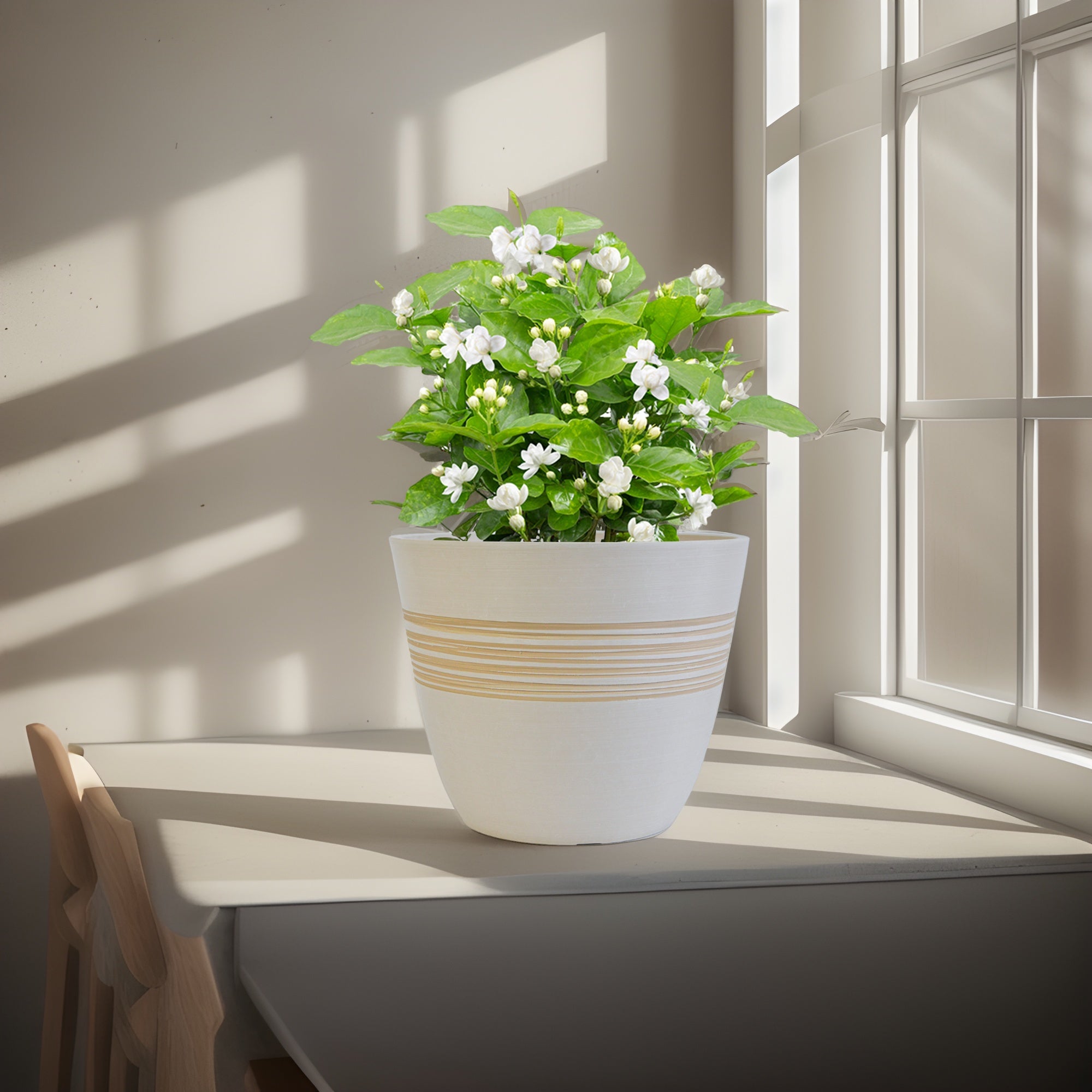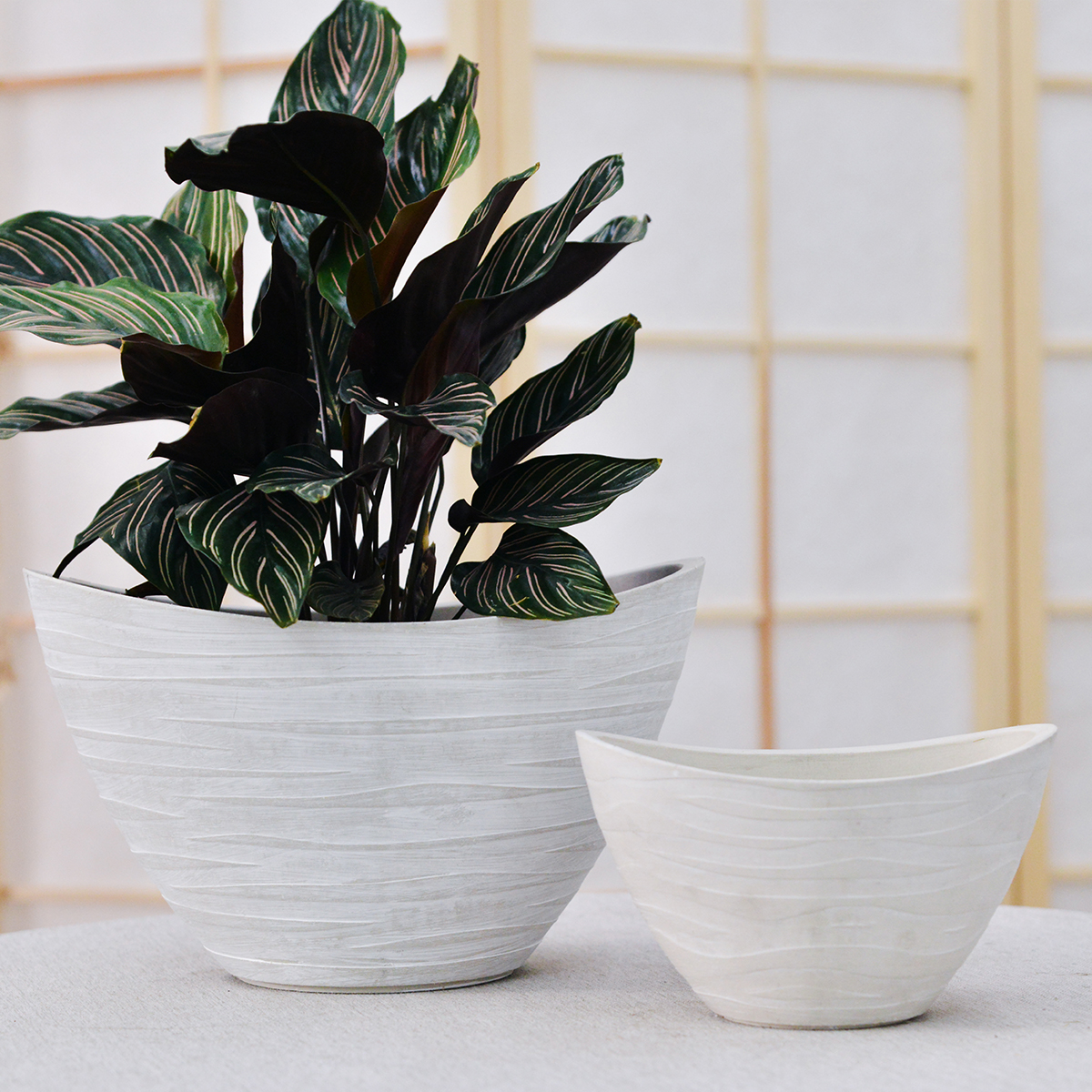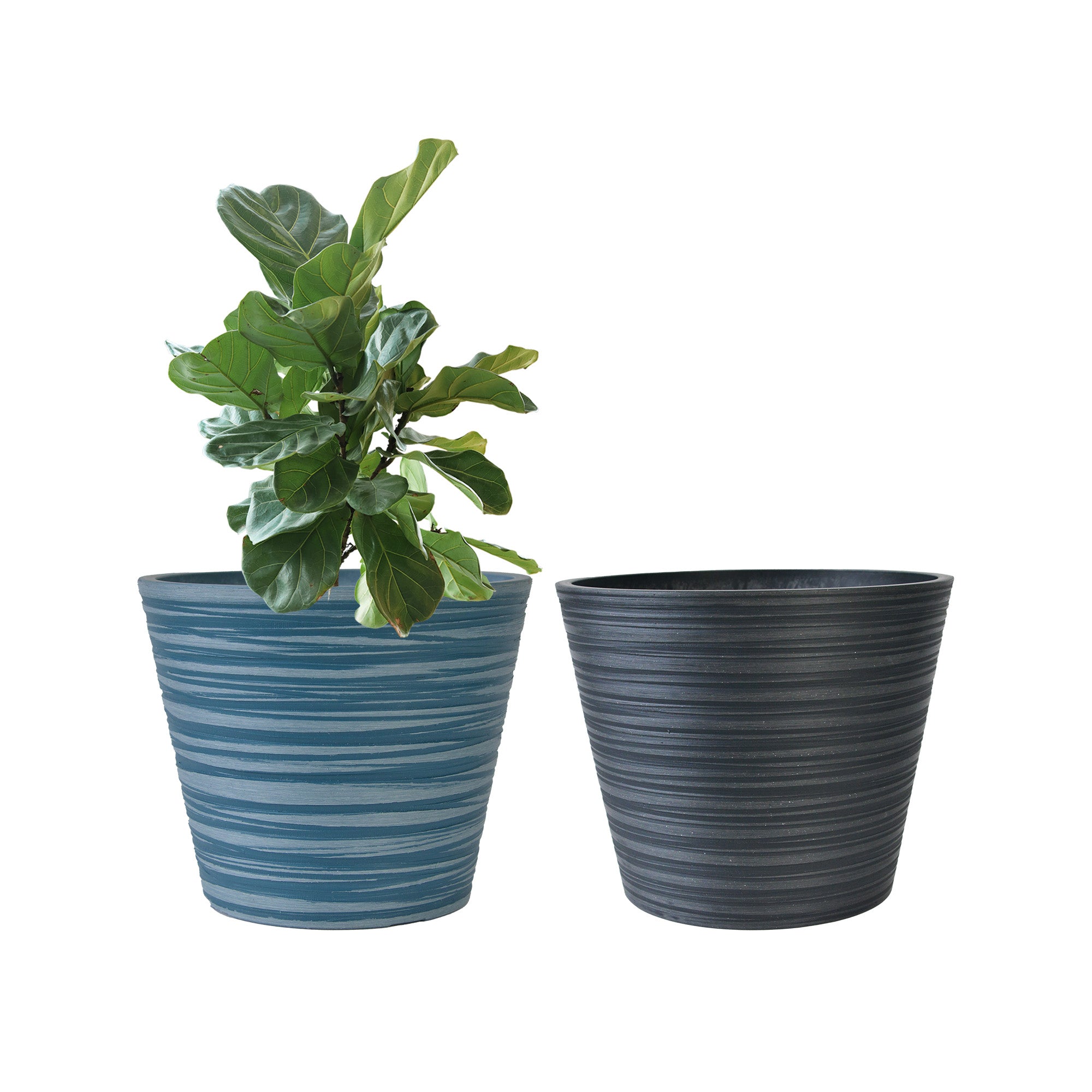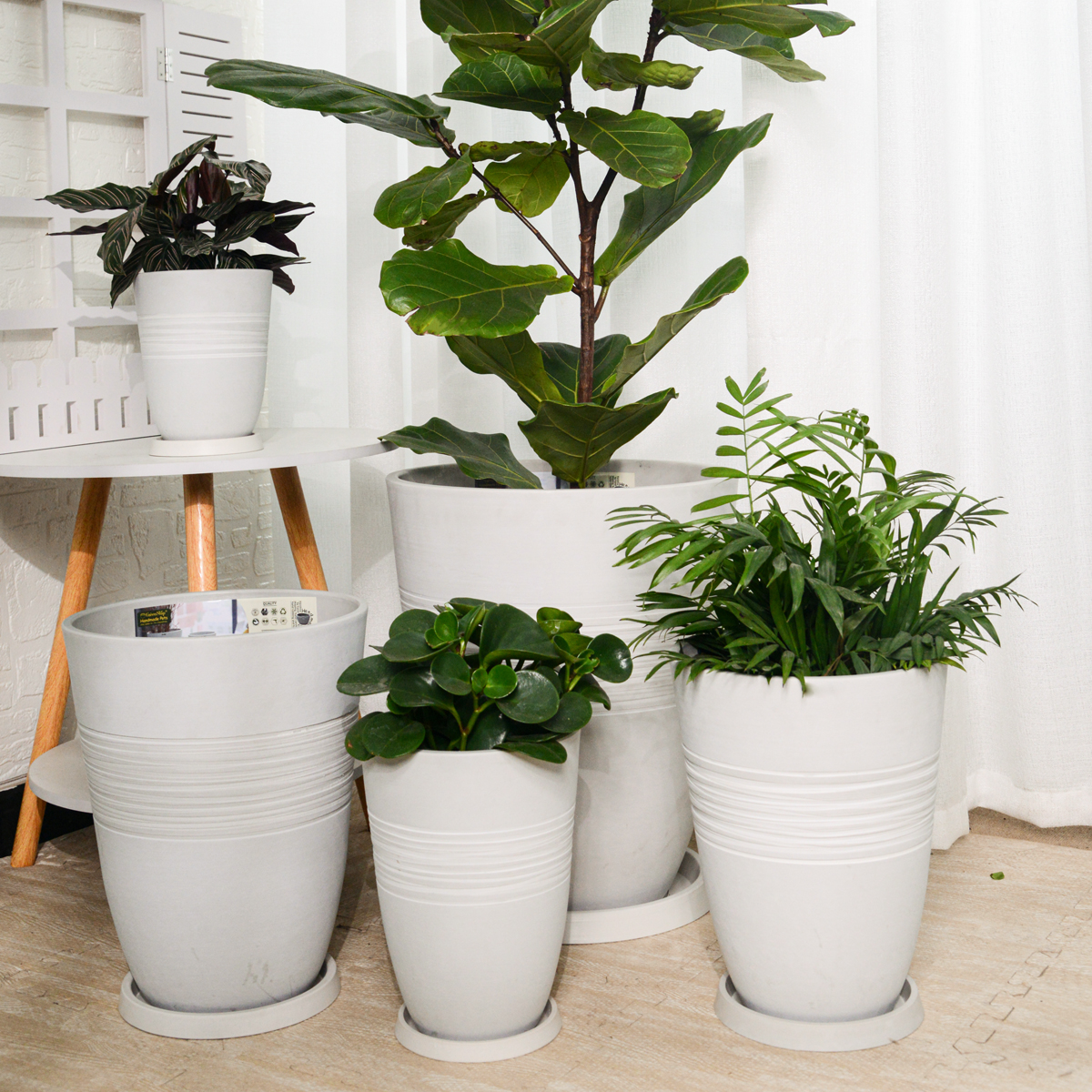Humane Chipmunk Control: Effective & Safe Ways to Repel Chipmunks From Your Yard & Garden
Chipmunks – with their striped backs and bushy tails, they can seem like adorable visitors to your yard and garden. But for many homeowners, these tiny rodents quickly transition from charming to challenging when they start digging, burrowing, and feasting on gardens. If you’re finding chipmunk activity is becoming a nuisance, you’re likely looking for solutions. Fortunately, you don’t need to resort to harmful traps or poisons. Humane chipmunk control is entirely possible and often more effective in the long run.
This comprehensive guide will equip you with humane and effective methods for controlling chipmunks around your property. We’ll explore a range of natural repellents, habitat modification techniques, and exclusion strategies that will deter chipmunks without harming them or the environment. Get ready to reclaim your yard and garden, peacefully coexisting with wildlife while keeping chipmunk damage at bay!
Understanding the Chipmunk Challenge: Why Humane Control Matters
Before we dive into solutions, let’s acknowledge why humane control is the preferred and often most sustainable approach:
Chipmunks are Part of the Ecosystem: Chipmunks are native to North America and play a role in the ecosystem, dispersing seeds and aerating soil. Eradicating them entirely is often not feasible or ecologically sound.
Lethal Methods Can Be Problematic: Poisons can harm non-target animals (including pets and beneficial wildlife), and traps, even “live traps,” can cause stress and injury to chipmunks. Lethal methods often only provide temporary relief as more chipmunks may move into the vacated territory.
Humane Methods are Often More Sustainable: Humane methods focus on making your property unattractive to chipmunks, encouraging them to relocate naturally to more suitable habitats away from your prized gardens and structures. This addresses the root of the problem rather than just temporarily removing individuals.
Ethical and Compassionate: For many homeowners, a humane approach aligns with their values of compassion and respect for wildlife.

Effective Humane Chipmunk Repellents & Deterrents:
Here are a variety of humane methods you can implement to deter chipmunks from your yard and garden:
1. Natural Scent Repellents:
Predator Urine (Fox or Coyote Urine): The scent of predators is a powerful deterrent for chipmunks. You can purchase commercially available fox or coyote urine granules or liquid sprays at garden centers or online. Apply around garden beds, entry points to burrows, and areas of chipmunk activity. Reapply after rain.
Garlic & Pepper Sprays: Chipmunks dislike strong smells. Create a homemade repellent spray by mixing crushed garlic cloves, cayenne pepper, and water. Boil the mixture, let it steep, strain, and then spray around plants and affected areas. Reapply regularly and after rain. Caution: Wear gloves and avoid contact with eyes when handling pepper sprays.
Essential Oils (Peppermint, Citrus, Cinnamon): Strong-smelling essential oils like peppermint, citrus (orange, lemon), and cinnamon can also deter chipmunks. Soak cotton balls with these oils and place them in chipmunk burrows, around plants, or along pathways. Re-saturate cotton balls periodically as the scent fades.
2. Taste Repellents & Unpleasant Substances:
Capsaicin (Hot Pepper Wax Sprays): Commercial repellents containing capsaicin (the compound that makes peppers hot) are effective taste deterrents. Spray these on plants that chipmunks are nibbling. Reapply after rain.
Bone Meal & Blood Meal: While beneficial as fertilizers, bone meal and blood meal can also be somewhat repulsive to chipmunks due to their strong, animal-derived scents. Sprinkle lightly around plants you want to protect. Note: Be mindful that blood meal can attract dogs.
Granular Repellents (Castor Oil, Garlic-Based): Commercial granular repellents containing ingredients like castor oil, garlic, and other natural deterrents are available at garden centers. Sprinkle these granules around gardens, flowerbeds, and foundations. Follow product instructions for application rates and reapplication frequency.
3. Physical Barriers & Exclusion:
Hardware Cloth Fencing: Create physical barriers around vulnerable areas like vegetable gardens, flowerbeds, and newly planted bulbs using 1/4-inch hardware cloth. Bury the fencing a few inches deep to prevent chipmunks from burrowing underneath. Ensure the fence is tall enough (1-2 feet) to deter climbing.
Wire Mesh or Netting for Bulbs & Flowerbeds: Protect bulbs by planting them inside wire mesh cages or covering flowerbeds with netting during vulnerable seasons (planting and early growth).
Plant Collars: Use plant collars (plastic or metal rings placed around individual plants) to protect the base of vulnerable plants from nibbling.
Tree Guards: If chipmunks are climbing trees or shrubs, install tree guards made of smooth metal or plastic around the trunks to prevent access.
4. Habitat Modification: Make Your Yard Less Appealing
Eliminate Food Sources:
- Clean Up Spilled Seed and Nuts: Regularly sweep up spilled birdseed from under feeders and clear nuts (acorns, walnuts, etc.) from your yard. Chipmunks are attracted to easy food sources.
- Store Pet Food and Trash Properly: Keep pet food in sealed containers and don’t leave trash cans open.
- Harvest Ripe Fruits and Vegetables: Harvest ripe fruits and vegetables promptly to reduce food temptations in your garden.
Reduce Shelter:
- Prune Shrubs and Groundcovers: Chipmunks like dense vegetation for hiding from predators and nesting. Prune shrubs and groundcovers to reduce their cover.
- Clear Debris Piles and Woodpiles: Remove debris piles, woodpiles, and rock piles from your yard, as these are potential habitats.
- Keep Lawns Mowed: A closely mowed lawn offers less cover for chipmunks, making them more exposed to predators.
5. Scare Tactics (Temporary Effectiveness):
Motion-Activated Sprinklers: Motion-activated sprinklers can effectively startle chipmunks and other small animals, deterring them with a sudden burst of water when they approach protected areas. Place them strategically around gardens or flowerbeds.
Ultrasonic Repellents: Ultrasonic repellents emit high-frequency sounds that are inaudible to humans but may be unpleasant to chipmunks. The effectiveness of these devices can be variable, and not all chipmunks will be deterred.
Reflective Deterrents: Hanging reflective deterrents like wind chimes, aluminum foil strips, or old CDs can potentially scare chipmunks through visual stimulation and movement.
6. Encourage Natural Predators:
- Provide Perches for Raptors: Install raptor perches (tall posts or stumps) in your yard to attract natural predators like owls and hawks.
- Cats and Dogs (Supervised Interaction): The presence of domestic cats and dogs can in itself be a deterrent to chipmunks. Supervised pet interaction (where pets are not using pesticides or rodenticides) may help reduce chipmunk populations. Ensure your pets do not harm wildlife and always supervise interactions.
Important Note: Consistency and Persistence are Key
Humane chipmunk control requires patience and persistence. Chipmunks are tenacious creatures, and it may take a combination of methods to effectively deter them.
- Combine Multiple Strategies: The most effective approach is often to use a combination of repellents, barriers, and habitat modification techniques.
- Reapply Repellents Regularly: Natural repellents will dissipate over time, especially after rain. Reapply repellent sprays and granules regularly to maintain their effectiveness.
- Be Persistent: Don’t expect overnight results. Be persistent with your control strategies and continue to apply deterrent measures to effectively discourage chipmunks long-term.
- Community Cooperation: If you live in an area with a heavy chipmunk population, coordinating control efforts with your neighbors may be more effective, as chipmunks can easily move from yard to yard.

When to Seek Professional Help:
In most cases, DIY humane methods are sufficient for chipmunk control. However, if a chipmunk infestation is severe and persistent, or you are unable to implement control measures effectively, consider consulting a humane wildlife control specialist. They can assess the situation and recommend tailored strategies, and may offer trapping and relocation services as a last resort, where legal.
Conclusion: Coexisting with Chipmunks – Humanely
Peaceful coexistence with chipmunks is achievable. By understanding their behavior, utilizing humane repellents and barriers, and modifying your yard to be less inviting, you can effectively reduce or eliminate chipmunk damage without resorting to harmful methods. Embrace humane control and enjoy a yard and garden free from chipmunk disruption, and in line with your values! Happy chipmunk-proofing!
Planter for Indoor Outdoor Plants, Set of 2 Modern Decorative Plant Pots with Drainage Hole, Decorative Flower Pots
By greenship-seo|2025-04-10T07:46:01+00:00January 9, 2025|Categories: Hand-carving Series|Tags: Decorative Flower Pots, Self-Watering Pots|
20YB
By greenship|2024-08-16T05:37:57+00:00August 16, 2024|Categories: Hand-carving Series|
20VD
By greenship|2024-08-13T06:43:41+00:00August 13, 2024|Categories: Hand-carving Series|
Planter 5 in W / 8 in W / 12 in W or Indoor Outdoor Plants, Modern Decorative Plant Pots with Drainage Hole, Decorative Flower Pots
By greenship-seo|2025-04-10T06:37:58+00:00January 16, 2025|Categories: Hand-carving Series|Tags: Decorative Flower Pots|
Planter for Indoor Outdoor Plants, Set of 2 Modern Decorative Plant Pots with Drainage Hole, Decorative Flower Pots
By greenship-seo|2025-01-14T12:26:44+00:00January 14, 2025|Categories: Hand-carving Series|Tags: Decorative Flower Pots|
KC2-11VH
By greenship|2024-08-16T06:19:28+00:00August 16, 2024|Categories: Hand-carving Series|






